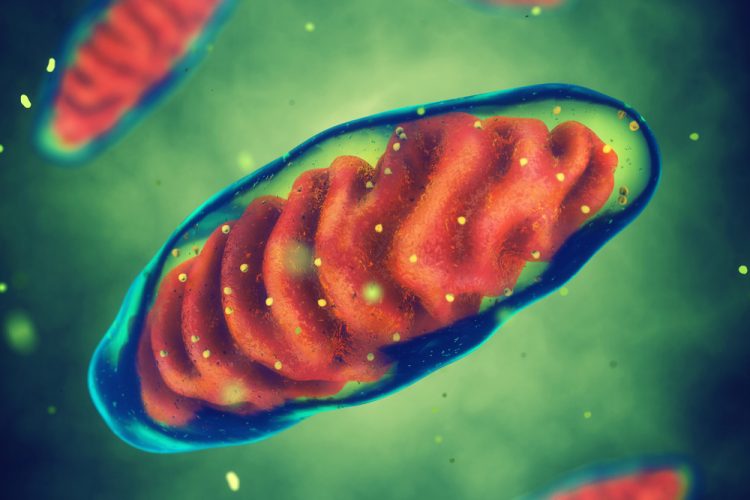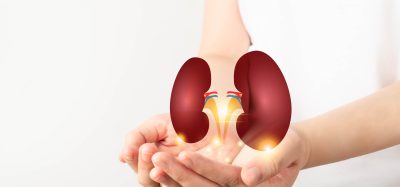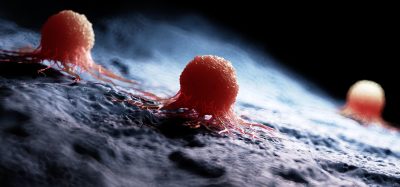The two studies, one on cardiovascular disease and the other focused on sudden cardiac death revealed that including the mitochondrial DNA copy number improved the accuracy of currently used clinical measures for a patient’s risk of a deadly cardiac event. In short, the lower the copy number, the higher the risk.
“We believe the mitochondrial DNA copy number is a novel risk factor for cardiovascular disease, in addition to known predictors like LDL, total cholesterol and blood pressure, and it adds sensitivity and specificity to whether or not you should be taking a statin,” said Dr Dan Arking, Associate Professor of medicine at the McKusick-Nathans Institute of Genetic Medicine and co-director of the Biological Mechanisms Core of the Older Americans Independence Center at the Johns Hopkins University School of Medicine.
To study the role of the mitochondrial DNA copy number as an effective predictor of cardiovascular disease, Dr Arking and his team collected genetic data from 21,870 participants compiled through some of the nation’s largest and longest-running cardiovascular study groups: the Atherosclerosis Risk in Communities Study (ARIC), The Cardiovascular Health Study and the Multi-Ethnic Study of Atherosclerosis.
The researchers measured the mitochondrial DNA levels relative to nuclear DNA levels and then added that value as a risk factor to the American College of Cardiology/American Heart Association’s Heart Risk Calculator.
The calculator, currently considered the gold standard for predicting heart disease risk, takes into account a patient’s total cholesterol, blood pressure, family history, smoking history, weight and other factors to predict a 10-year risk of suffering a life-threatening cardiac event.
“The general recommendation is that if your risk is above 7.5 percent, you should start taking preventative medications,” says Dr Arking.
At the end of the study, Dr Arking and his team accurately predicted that six people who would not have been recommended treatment under the standard calculation went on to have a life-threatening cardiac event and 139 people who would have been recommended treatment did not have any cardiac events.
“Essentially, our study told us that you can probably safely take 139 people off of the drug who would have been prescribed it and that six people who weren’t recommended the drug should really be on it,” said Dr Arking. “This is important because though statins are great drugs and they clearly lower the risk of heart disease, there are side effects and costs associated with taking them, including muscle pain, liver damage and neurological effects.”
In addition to improving the predictive value of the Heart Risk Calculator, the second study adds to evidence that the mitochondrial DNA copy number also appears to be predictive of sudden cardiac death.
Having mitochondrial DNA as a potential biomarker is very useful
Using similar methods as in the JAMA study, Dr Arking and his team measured the mitochondrial DNA copy number of 11, 093 participants in the ARIC study. They found that over the course of 20.4 years, 361 participants suffered sudden cardiac death. After adjusting for other risk factors, the researchers determined that participants with relatively low mitochondrial DNA copy numbers were at the highest risk for sudden cardiac death.
“Having mitochondrial DNA as a potential biomarker is very useful because we can use it to develop tools that accurately identify the groups that are at risk,” says Dr Arking.
However, Dr Arking cautions that further research is needed before mitochondrial DNA can be clinically used to predict risk for sudden cardiac death: “Our measurements were all relative within the study group. In order to build a clinical test that works for everyone, we need a standard for what constitutes a ‘healthy’ amount of mitochondrial DNA and that standard may vary across different populations and age groups.”
Two out of every three people who experience sudden cardiac death show no symptoms
Sudden cardiac death occurs when the heart suddenly and unexpectedly stops beating and is usually fatal if not treated within minutes. Researchers predict that 200,000-450,000 people suffer an event in the U.S. annually. It’s not a blockage like a traditional heart attack – though it is often triggered by one – but a malfunction in the electrical signals that allow the heart to beat normally. For this reason, it’s often difficult or impossible to predict.
“Essentially two out of every three people who experience sudden cardiac death show no symptoms that could have warned their physician of their risk,” said Dr Arking. “That is why our group fervently looked for genetic markers to identify those people at higher risk.”
Dr Arking has said the researchers do not yet know what specific cellular responses and signals are responsible for changes in the mitochondrial DNA copy number. “It’s a promising biomarker, but we need to learn how it is actually functioning to determine if it is causal,” said Dr Arking.
Levels of mitochondrial DNA have been implicated in many types of cancer as well as overall frailty and mortality. “We know that a lot of diseases correlate with each other, such as diabetes and atherosclerosis,” said Dr Arking. “It would not surprise me if we found that these markers tie into many phenotypes. It seems that if you don’t have enough mitochondria, a lot of bad things can happen.”
The study has been published in JAMA Cardiology.









